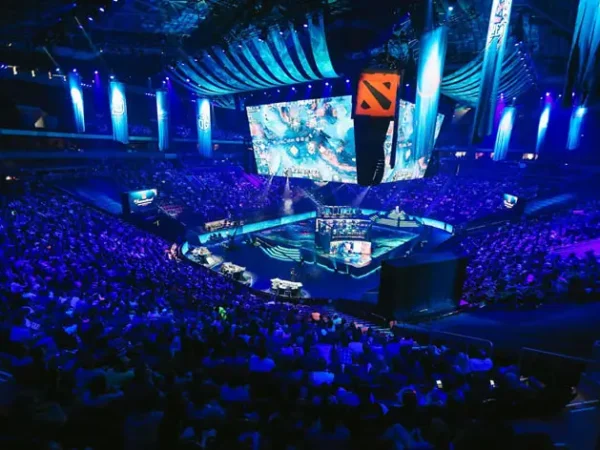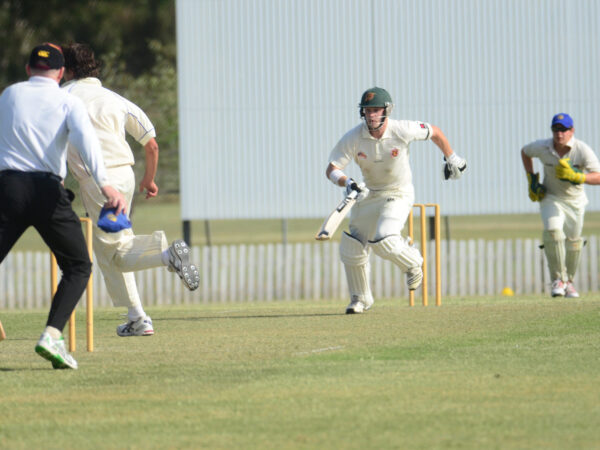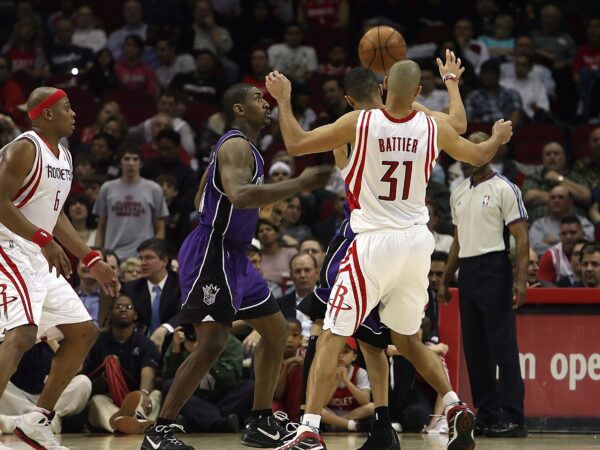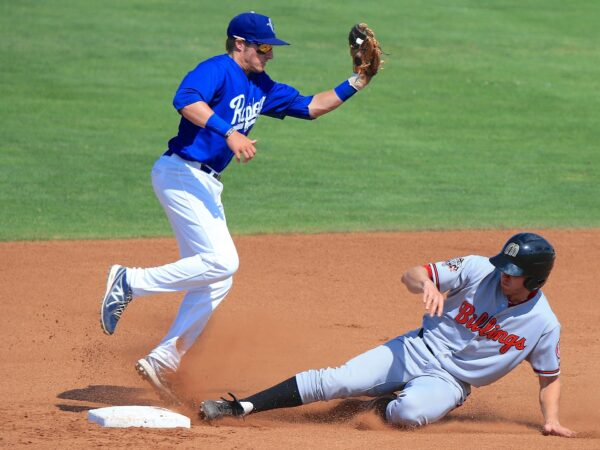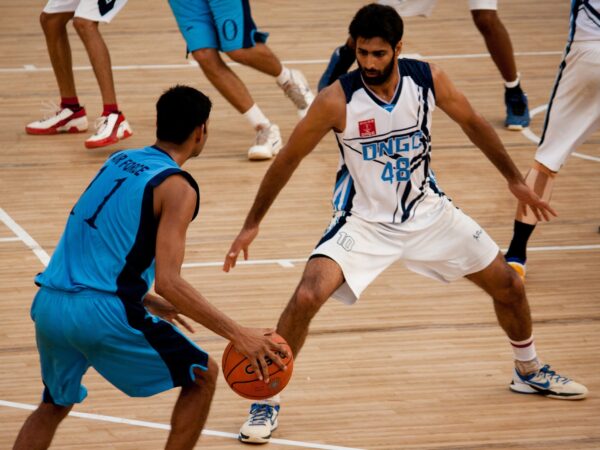Gana a lo grande en partidas de League Legends con el bono de 888Starz
League of Legends (LoL) no es sólo un fenómeno global de los deportes electrónicos; es un mundo donde las mentes estratégicas se encuentran con una feroz competición. Para aquellos que buscan entrar en el apasionante mundo de las apuestas de LoL, combinar tus apuestas con los bonos de 888Starz puede convertir tu viaje de apuestas en una saga de triunfos. Esta guía ofrece una inmersión en profundidad para sacar el máximo partido a tus partidas de LoL a través de 888Starz, explorando los entresijos de las apuestas, desvelando las bonificaciones disponibles y destacando las estrategias que podrían elevar tu juego de apuestas a la categoría de legendario.





